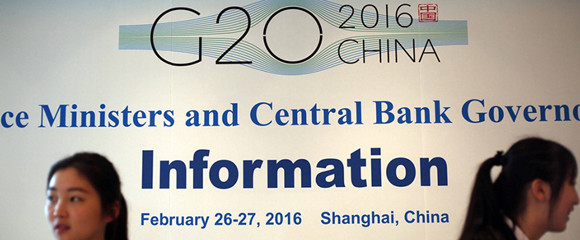VR revenue expected to triple in China this year
Updated: 2016-05-13 07:45
By Wu Yiyao(China Daily)
|
|||||||||
 |
|
A visitor plays VR games at the three-day Consumer Electronics Show Asia 2016 in Shanghai, which ends on Friday. The event showcases the latest VR products including headsets, glasses and accompanying content displayers. [Photo provided to China Daily] |
Revenue from virtual-reality-related products and services is expected to more than triple in China this year compared with last year, but experts insist the burgeoning sector is still in need of significant improvement in terms of user experience and content production.
According to a new research jointly released by the China Electronics Standardization Institute and Xinhua News Agency, an expanding community of companies, both large and small, are working flat-out to make VR more of a part of our everyday lives.
It said the Chinese VR market was worth 1.54 billion yuan ($236 million) in 2015, and is expected to rise to more than 5 billion yuan this year.
A dozen of the country's leading VR firms have gathered this week at the Consumer Electronics Show Asia 2016 in Shanghai, which ends on Friday, to showcase the latest VR products including headsets, glasses and accompanying content displayers.
"Most VR products now focus on entertainment systems, which offer video game players vivid images and feelings that enhance their entertainment experiences," said Jiang Li, a sales manager with Beijing-based VR hardware and software provider Pico Inc.
The other good news for consumers, is that companies at the event said average VR product prices have been falling, as technologies mature and more players enter the fray, making competition fiercer.
Lin Jinfu, a VR product trader with Xiamen-based Shimao Game and Entertainment Ltd, told China Daily, for instance, that glasses that help users watch VR content displayed on their own smartphones or televisions cost less than 300 yuan, while headsets with integrated displayers and audio systems cost no more than 4,000 yuan, which are both around 30 percent lower than last year.
Visitors to the show complained, however, they were having to queue for up to half an hour for VR demonstrations lasting just two minutes, and many said they had expected a better variety of contents on show.
Wang Zhihao, a 21-year-old student, said he experienced five trials at three different exhibitors, and almost all were about games science.
"It is not really the virtual reality that I had expected, because these are not the kinds of images I am waiting to experience.
"I was hoping for something different, such as a tour of an exotic destination or something that is hard to find in reality.
"These kinds of shows have to try harder to offer something different," said Wang.
Alfred Zhou, general manager of GfK China, a market research and consultancy services provider, agreed VR product providers need to improve their user experiences by adding more technologies to both software and hardware, and the current level of "tech value" remains lower than consumer expectation.
"It is estimated 1.5 million hardware sets will be sold in China in 2016, so we really need to pay attention to what they offer and how they are likely to be used," said Zhou. "Software and hardware developers should expand, not only in how they serve consumers, but also how they market and brand certain products.
"Customer service will become an important pillar of the VR market growth."
Related Stories
High-tech gadgets shine at CES Asia in Shanghai 2016-05-12 10:46
VR headsets, wearable devices and 3D printing dominate 2nd CES Asia 2016-05-11 10:29
Realistic simulation in the virtual world 2016-05-06 08:11
Content building to become market entry point in VR industry 2016-05-04 15:17
Want to test drive that car? Take it for a spin in VR 2016-04-29 14:30
Today's Top News
China vows to step up anti-corruption co-op
Chinese entrants in public speaking contest fight hard
Global anti-corruption summit opens in London
Britain raises threat of terror attacks to higher level
Chinese students to benefit from EU rules easing
Beijing police respond to death in custody
Uncertainty over Brexit impacts UK economy: Report
AC Milan starts sale talks with Chinese investors
Hot Topics
Lunar probe , China growth forecasts, Emission rules get tougher, China seen through 'colored lens', International board,
Editor's Picks

|

|

|

|

|

|







